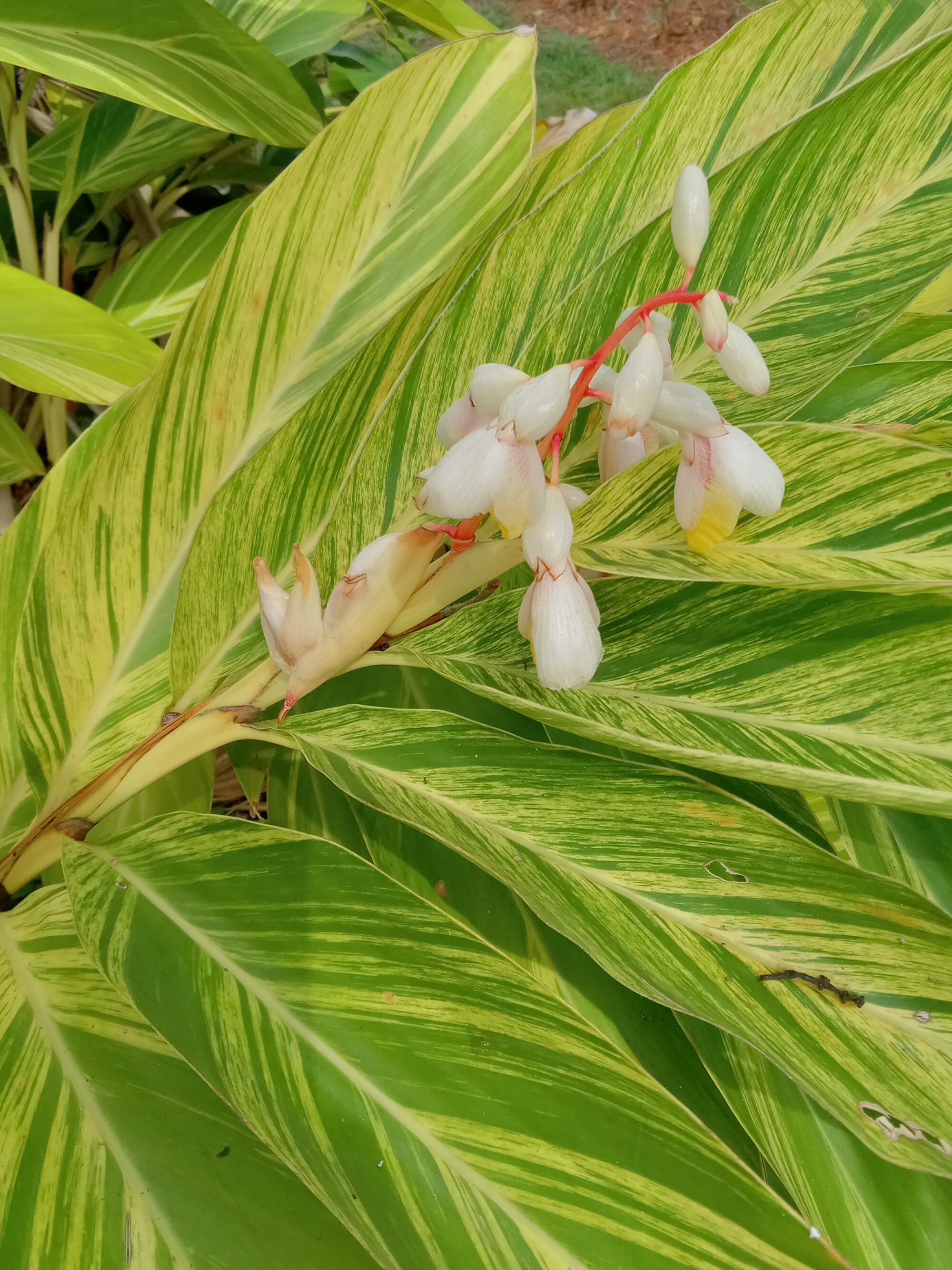Permaculture, a term coined from ‘permanent agriculture’, is a design system for sustainable living and land use. It emphasizes the harmonious integration of design with ecology, creating self-sustaining and resilient systems. One such plant that fits perfectly into this system is ginger (Zingiber officinale), a versatile and medicinal herb known for its culinary and therapeutic uses.
Ginger is a tropical plant that thrives in warm, humid climates, but with the right care, it can be grown in various conditions, making it an excellent addition to a permaculture garden. Here’s a guide on how to cultivate ginger sustainably in your permaculture garden.
Ginger is a forgiving plant, and it works well as an understorey planting. It’s root systems are compact, it grows slowly, and is nonspreading. One might even say ginger is extremely well behaved.
Choosing the Right Ginger Rhizome
The first step in growing ginger is selecting a healthy, organic ginger rhizome from a local farmer’s market or organic grocery store. Look for pieces that are plump with tight skin, not shriveled and old. They should have several eye buds on them (similar to potato eyes) and preferably already sprouting.
Preparing the Soil
Ginger prefers rich, loamy soil that drains well. In a permaculture garden, you can prepare the soil by adding compost or well-rotted manure. This not only provides nutrients but also improves soil structure, promoting better drainage. Remember, ginger does not like waterlogged conditions. It will grow well in mulched sand.
Planting the Ginger
Plant the ginger rhizomes 2-4 inches deep, with the eye bud pointing up. Space them about 8 inches
